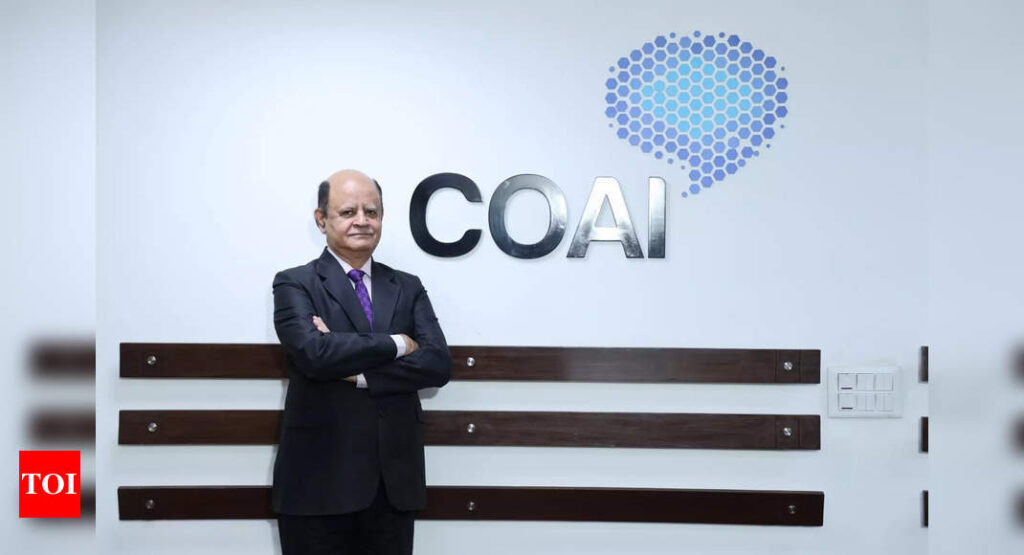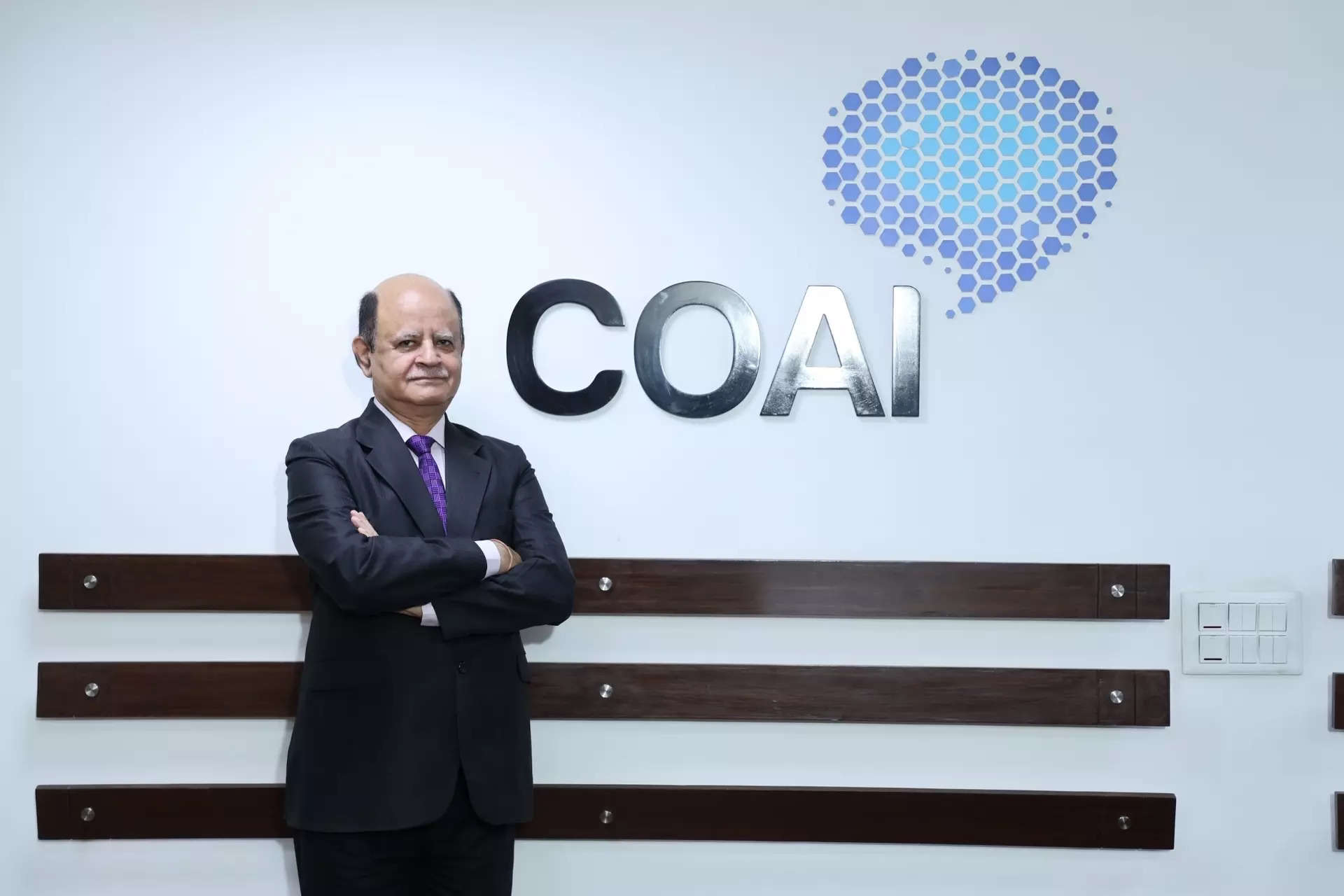[ad_1]
A proposed bill in the US Congress has found its resonance in India. Telecom industry body Cellular Operators Association of India (COAI), whose members include Airtel, Reliance Jioand Vodafone-Idea, want the the government to adopt a similar bill. So what exactly is this bill? The bill sponsored by US Senators Markwayne Mullin, Mark Kelly and Mike Crapo in US Congress recently aims to make large internet apps contribute to infrastructure costs to help lower broadband costs for consumers.COAI said that the proposed bill in the US vindicates the stand taken by service providers in India.
The bill proposes lowering broadband costs for consumers and wants telecom regulator Federal Communications Commission (FCC) to mandate social media platforms, streaming services apps, cloud computing service providers like WhatsApp, YouTube, Netflix, Google etc to contribute to universal fund that is used for building networks.
Called Lowering Broadband Costs for Consumers Act of 2023, the bill has classified social media platforms, streaming service, over-the-top messaging service, video gaming service, videoconferencing service, e-commerce platform, search engines under edge services providers.
“The bill vindicates our stand”
“We are very happy that whatever is given as a provision proposed in this bill, vindicates our stance. It is not only the telecom service providers who are there, it is edge computing, who are providing content services. Edge computing entities and telecom service providers, or as they call it, broadband providers, both have been clearly defined. This needs to be done in the Indian ecosystem as well,” COAI, Director General, SP Kochhar told news agency PTI.
The bill proposes to levy charges only on those entities that generate more than 3 per cent of the estimated quantity of broadband data transmitted in the United States and more than $5 billion in annual revenue.
Kochhar said that telecom operators in India want only large traffic generators, which are a handful of foreign companies, to contribute to the infrastructure cost. “In the US they are suggesting 3 per cent of network traffic load and we’ve gone to the extent of saying maybe 8 per cent. We are very clear in our mind that we are targeting only the large traffic generators (LTGs), who are riding on our networks. We are not targeting the MSMEs, start-ups or any small players,” Kochhar said.
When asked if charging LTGs will increase the cost of service for consumers, Kocchar said that apps are already operating various business models which include advertisement-based free service or lower priced service for customers or fully paid subscription.
He said that telecom operators in India need average revenue per user of Rs 500 to meet their current infrastructure cost and future requirement.
The bill proposes lowering broadband costs for consumers and wants telecom regulator Federal Communications Commission (FCC) to mandate social media platforms, streaming services apps, cloud computing service providers like WhatsApp, YouTube, Netflix, Google etc to contribute to universal fund that is used for building networks.
Called Lowering Broadband Costs for Consumers Act of 2023, the bill has classified social media platforms, streaming service, over-the-top messaging service, video gaming service, videoconferencing service, e-commerce platform, search engines under edge services providers.
“The bill vindicates our stand”
“We are very happy that whatever is given as a provision proposed in this bill, vindicates our stance. It is not only the telecom service providers who are there, it is edge computing, who are providing content services. Edge computing entities and telecom service providers, or as they call it, broadband providers, both have been clearly defined. This needs to be done in the Indian ecosystem as well,” COAI, Director General, SP Kochhar told news agency PTI.
The bill proposes to levy charges only on those entities that generate more than 3 per cent of the estimated quantity of broadband data transmitted in the United States and more than $5 billion in annual revenue.
Kochhar said that telecom operators in India want only large traffic generators, which are a handful of foreign companies, to contribute to the infrastructure cost. “In the US they are suggesting 3 per cent of network traffic load and we’ve gone to the extent of saying maybe 8 per cent. We are very clear in our mind that we are targeting only the large traffic generators (LTGs), who are riding on our networks. We are not targeting the MSMEs, start-ups or any small players,” Kochhar said.
When asked if charging LTGs will increase the cost of service for consumers, Kocchar said that apps are already operating various business models which include advertisement-based free service or lower priced service for customers or fully paid subscription.
He said that telecom operators in India need average revenue per user of Rs 500 to meet their current infrastructure cost and future requirement.
[ad_2]
Source link











More Stories
Google Maps: Three privacy features coming to Google Maps on Android, iPhones
Most-Downloaded IPhone App: This Chinese app was the most-downloaded iPhone app in the US in 2023
Ukraine’s largest mobile operator goes offline for millions of users after cyber attack